Truck Company Positioning – “Sticking It” In The Right Place
In previous articles we talked about the truck company as a team and the role and responsibility of the truck driver/operator. In this segment I want to touch on the subject of just where we put that large toolbox on wheels when we arrive.
The Truck Driver
Many, many people have written and spoken on this topic. Most articles have been written out of frustration with the fact that some of our fire service brethren just don’t seem to see the importance of proper truck placement as that big of a deal. Even some of our fellow truck company drivers don’t get it!
Beyond getting the rig and crew there in one piece, the driver/operator needs to have a plan and practice on the most advantageous position for our toolbox so we can maximize the crew and the tools. As most of us know, the further away we place our toolbox, the longer it takes to carry out our assigned tasks. This is especially true if you are responsible for laddering and venting the structure.
In addition, that really big and powerful thing that the rig carries ,the big ladder, is useless if it does not reach what we need it to reach. Sometimes, as a result of factors outside the fire service’s control we just cannot get the truck into the best positions.
Factors to Positioning
My experience has shown me that those uncontrollable factors that prevent us from proper positioning are rare. Most of the time we fail to position properly as a result of us (the fire service). Either we block out the truck with other apparatus, we place obstacles in the way, we don’t have a plan, the officer screams “leave it here”, and a host of other poor reasons.
Ultimately, it is a training and practice issue. The first step in getting to that great truck placement spot is understanding why the truck needs to be in that position. The very simple reason to make all of our jobs easier and safer. The truck driver/operator must have that thought as the driving force in proper positioning.
Secondly, we must work together with our engine brethren to come to that understanding and great working relationship that makes us function on the fire ground as a well-oiled machine. The truck driver/operator must take the responsibility to get on the same page with the officer, his crew and the engine companies with which you work. Those “talking” sessions and scenario driven trainings make for much more effective operations.
Training….
We all have been to fires that did not go so well. Most of us have been just a little frustrated at being blocked out by some other emergency service vehicle.
I found through some trial and error the best way to fix those issues is to “calmly” use them as short training sessions. Get everyone involved and talk about how we can better position our apparatus the next time. Did this approach always work?? No, but it did 90% of the time, and it beat a screaming match or worse….
So now take some time and talk about placement with each other! My next positioning article will focus on situational positions (i.e. structure type and fire type).
Until then, stay low, be safe and keep learning!

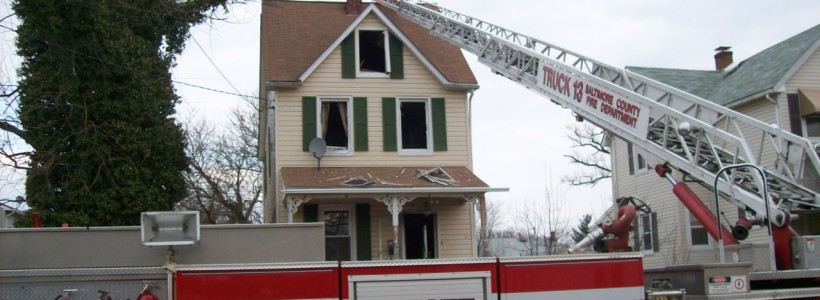
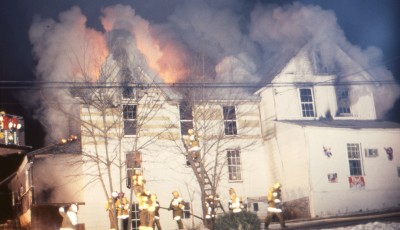
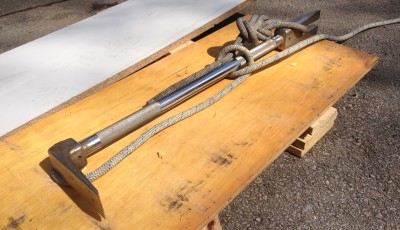
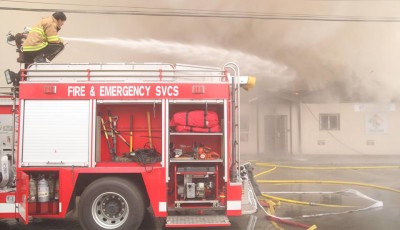
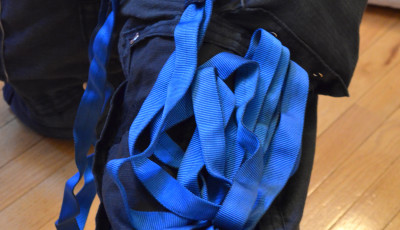
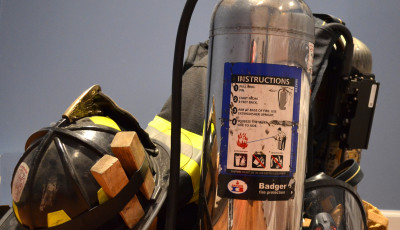
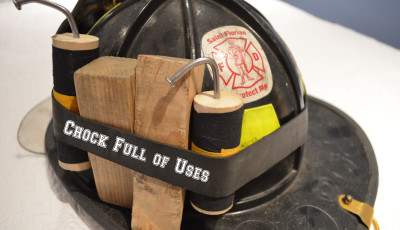
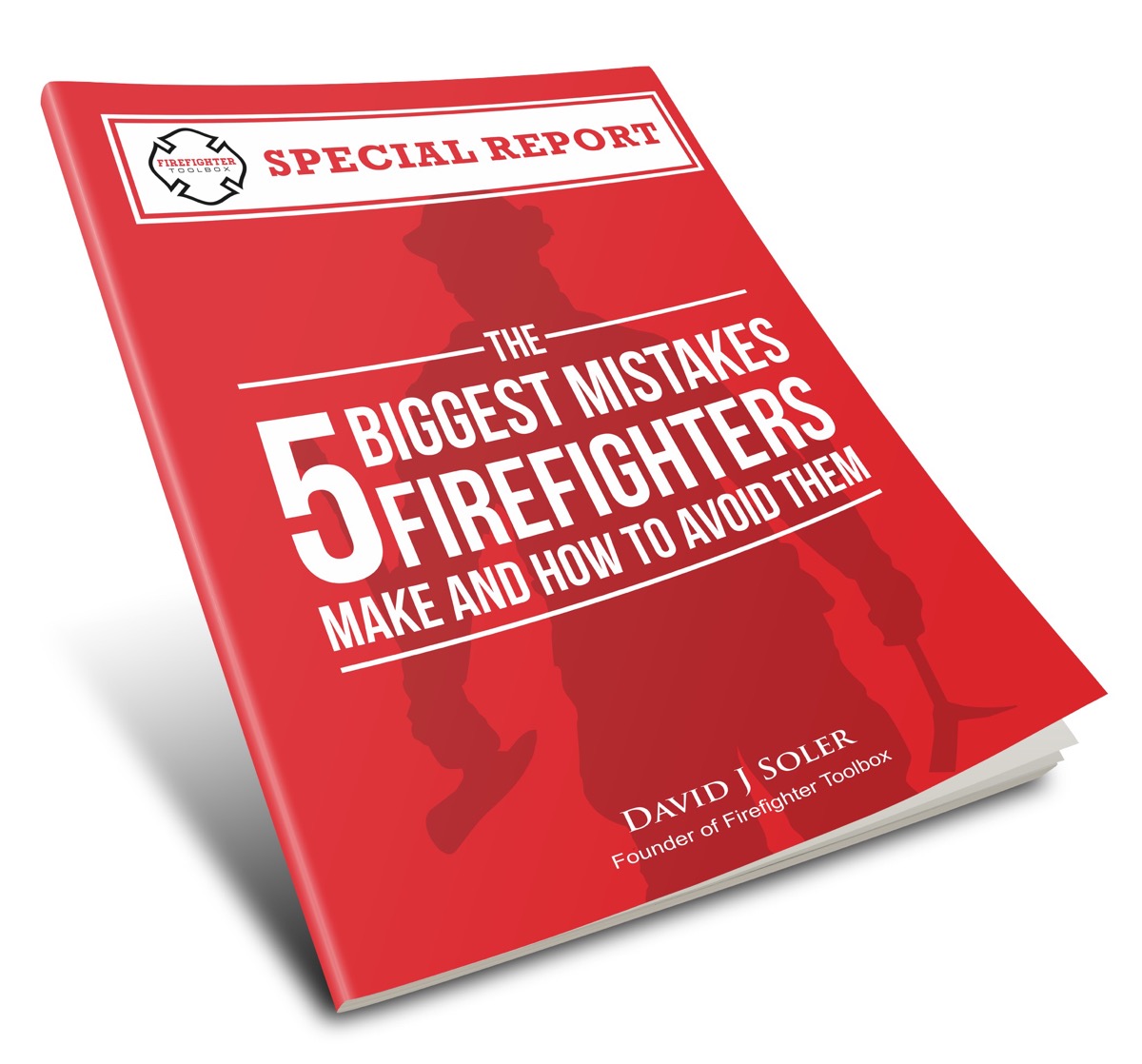



With no intent of making this an Engine Co. vs. Truck Co. “thing”, in my short time assigned as the OIC of a Truck, I’ve come to realize that there are many drivers out there that feel the need to pull across the road–for whatever reason. Perhaps it’s fulfilling a need to feel like they arrived as quickly as possible and park in a way that reflects that urgency or maybe its their clouded vision that the attack line discharge has to be pointing toward the involved structure, etc. The only acceptable explanation for this tendency may be to protect the driver/crew when operating on a busy roadway and no other options exist. The reprocussions of positioning diaganolly across a two lane road are far reaching, especially if (and hopefully there is) a supply line involved. “Blocking out” the obviously larger and more difficult to maneuver ladder truck is a common problem. But positioning in the hurried fashion can block ALL apparatus from passing, clogging the route of travel and limiting other strategic approaches. Whether it be to other sides of the structure or to another water source. Pulling to the curb and kicking your supply line to the gutter are relatively simple, attainable goals that will go a long way when positioning apparatus on the fireground.
Scott,
Having worked with you, I know you get it! Many driver/operators fail to understand the importance of positioning apparatus. For many years I have seen apparatus within the first alarm assignment position as close to the scene as they can get, positioned with no regard to purpose. I formerly believed this to be a training issue. However, after years of trying to train drivers to think about their position as it relates to task, I came to a conclusion that it is not a training issue, it is a thinking issue!!! Stay safe my brother on Truck 8!